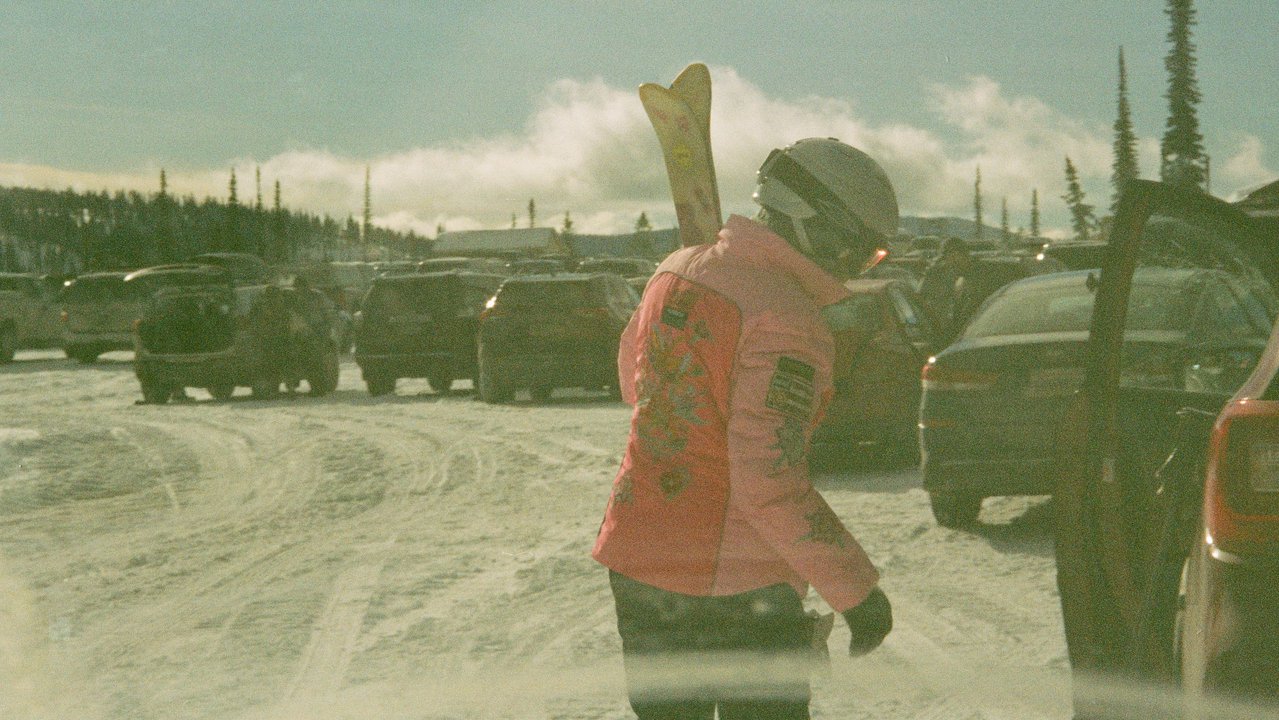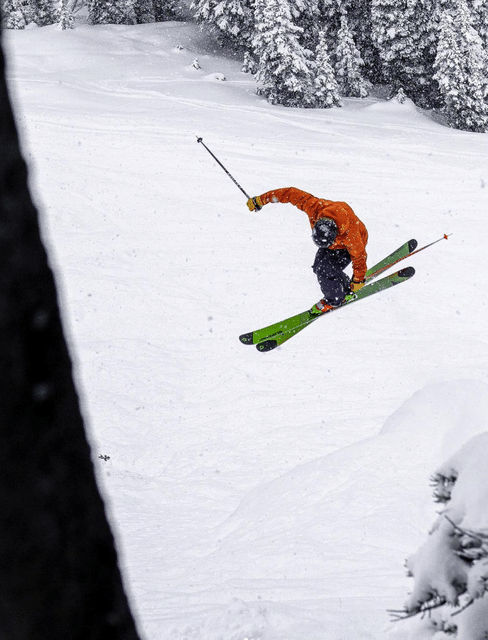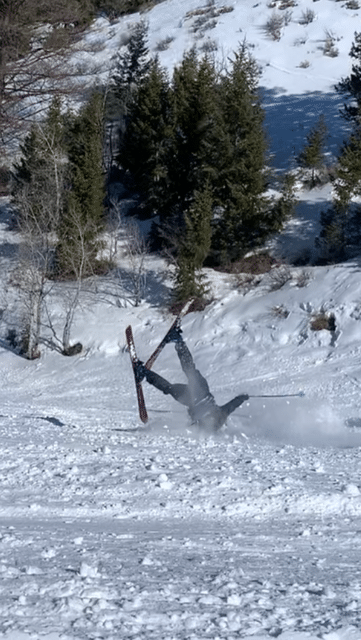Cover photo: The kit equivalent of a wacky ski.
The year is 2040.
Climate change has done its worst to my local.

Once bountiful sheets of pristine white now poke with scraggly branches and patches of browned grass.
The lines are still long.
My buddies blame the new Ikonik Amazon pass for the wait.

These developments, seemingly inevitable in the early 2020s, are now fixtures of the skiing landscape.
Yet, theres one change that crept in silently.
Lurking below me and the crew during every chairlift ride are four suspiciously similar pairs of skis.

The resistance to homogeneity in ski design, I suddenly realize, has been dead for years.
This future scenario doesnt seem so far-fetched.
Then, compare their main stock to those of any other brand.
Notice that its hard to pinpoint a real difference?
Suddenly, everyone was riding skis with hilarious rocker profiles and a minimum waist width of 115mm.
These skis charged through deep snow like no other but made zero sense as a daily driver.
Then, the correction came.
The perks of these skis are endless.
Blizzard Rustler, prime example of the all-mountain ski.
Skier: Luca Hagmayer.
Leaning into the all-mountain ski market makes economic sense, too.
In contrast, producing unique skis that only excel in specific situations makes less sense.
An executive might ask: Why churn out skis that only a tiny percentage of our audience will buy?
As someone making skiing work on a freelance budget, I cant fully lament the domination of all-mountain skis.
you’re able to split modern ski design into two groups.
On one side, increasingly homogenous all-mountain skis dominate the market.
4FRNT Devastators, Salomon QSTs, and K2 Mindbenders all fall into this camp.
On the other side are highly specialized skis.
Think Vishnu Wets, Black Crows Mirus Cors, K2 Hellbents, or more outrageous models like ski blades.
The difference in these ski designs mirrors the automatic and manual car divide.
Manual cars, like the specialized skis that reflect them, force you to be engaged.
Me, forgetting to switch gears on an unfamiliar pair of skis.
Image credits: Brian Ritchie.
The manual-automatic metaphor extends further.
Skilled drivers can push manual cars harder – theres a reason rally cars arent automatic.
The same rule applies to a pair of slalom skis or Hellbents.
When a ski manufacturer nixes a unique design, they disregard the value of specialty tools.
For most of us, skiing isnt really about performance, though.
Nothing makes my skier brain light up more than clicking into something different.
But a disengaged mind might be the defining feature of our time.
https://www.newschoolers.com/videos/watch/1061033/IMG-0371-MOV
Complaints aside, all-mountain skis have their uses.
Video credit: Critty Carson.
This problem extends beyond the narrow halls of ski design.
So what do we do?
Ski manufacturers, and those with any sway in the industry, I challenge you to take a risk.
For the sake of skiing, fun, and everything in between, dare to bring back the weird.
Im back on the chair in 2040 when I spot a flash of color skidding beneath us.
Somehow, though, they keep their speed up.
Rooster tails of snow surge behind them.
The tips and tails of their skis flap relentlessly.
I squint my eyes to see whats attached to their feet.
Gloved hands reach out from the whirl to reel in a pair of almost lost Skullcandy headphones.
Yet, I cant help but feel a sort of reverence toward them.
One of God’s own prototypes.
A high-powered mutant of some kind never even considered for mass production.
Too weird to live, and too rare to die.